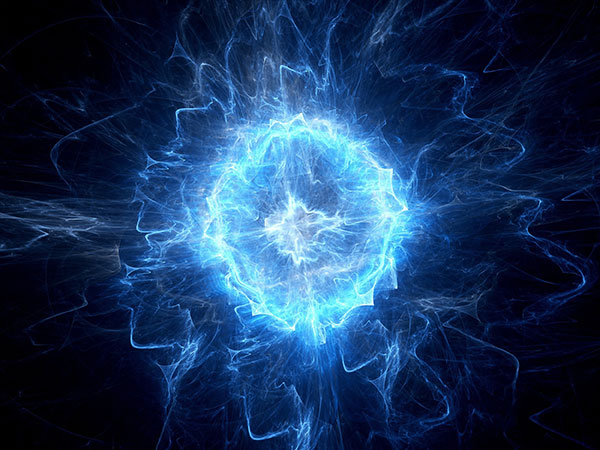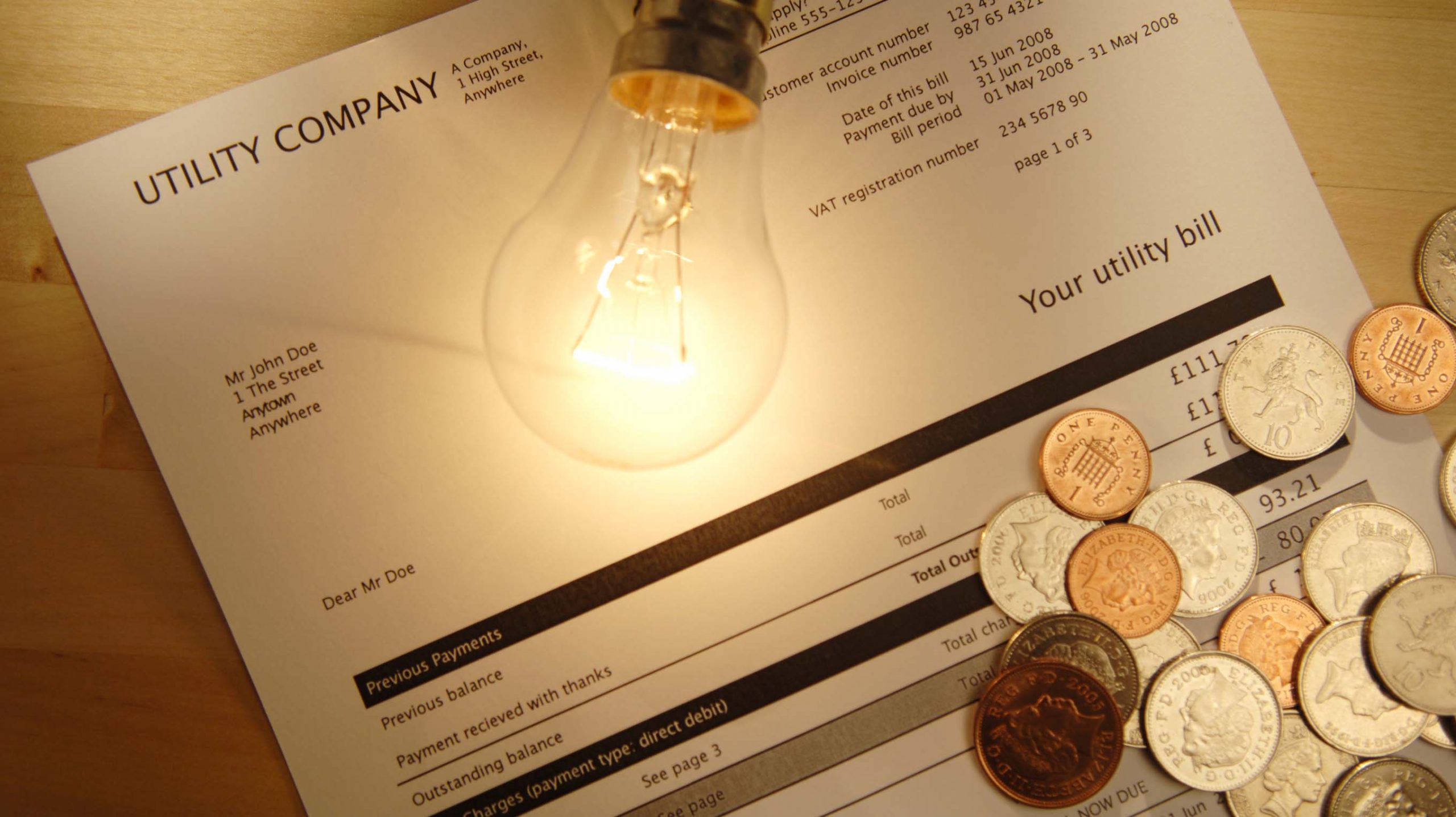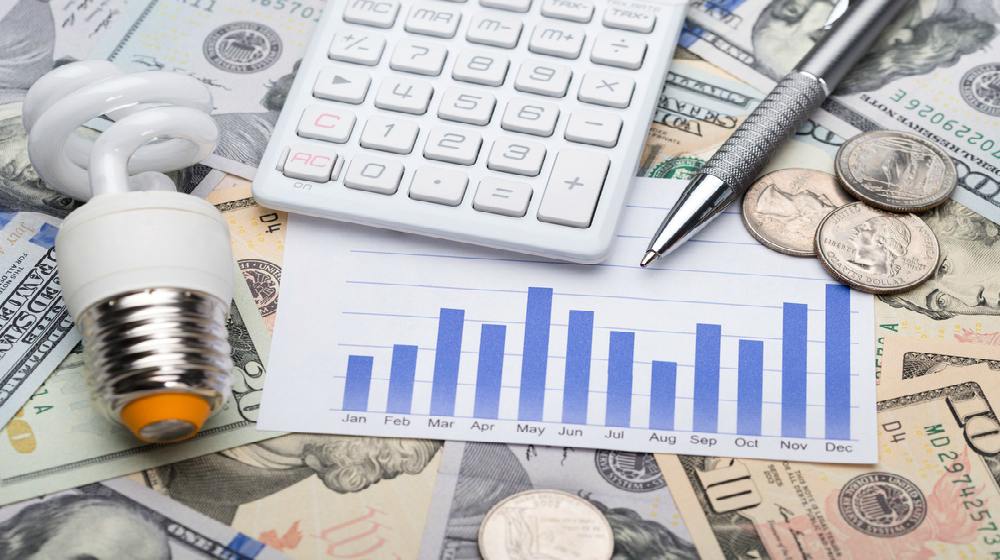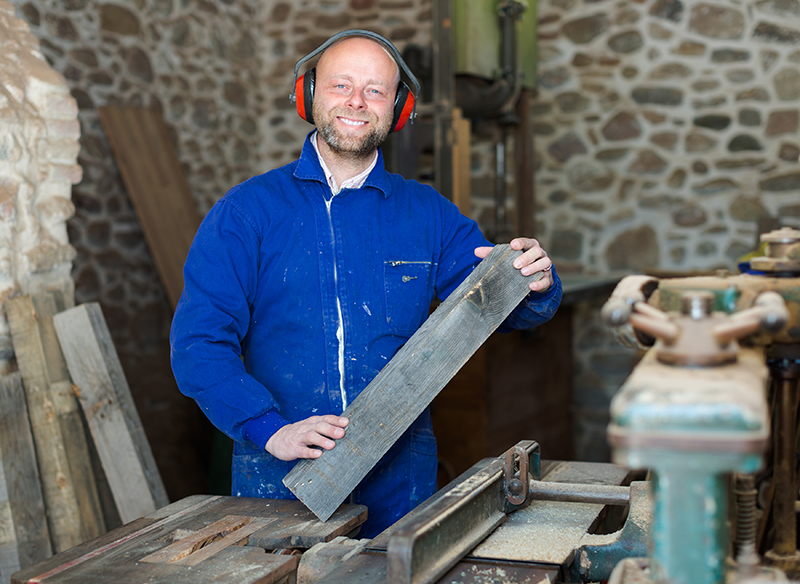Back pain is classified into two main types: acute and chronic. Acute back pain is sudden and short-lived and often caused by an injury or muscle strain. Most often, the problem resolves within a few weeks with proper care.
The post Physiotherapy Can Help with Back Pain Health appeared first on Green Prophet.
Back pain is one of the most common health problems worldwide, interfering with daily activities, work productivity, and overall quality of life (Bemani, et al., 2023). Back pain can be mildly uncomfortable or severely painful because of poor posture, injuries, or medical conditions. Many individuals resort to painkillers, if not surgery, to manage their symptoms, but these treatments often present only transient relief or involve a considerable amount of risk.
Back pain physiotherapy has been recognized as an immensely effective method of treating back pain (Rolving, et al., 2025). Unlike analgesics, which only serve to dull the painful sensations, physiotherapy aims at treating the underlying cause, thus achieving long-term recovery and the prevention of similar occurrences. Physiotherapists use various forms of exercise, manual therapies, and education to help patients regain movement, relieve pain, and improve their health.
Understanding Back Pain
Back pain is a common problem and suffers by millions across borders. It doesn’t allow a person engage in daily activities, work, and play. Back pain may arise from varied causes: injuries, poor posture, sitting for long hours, heavy lifting, and other medical conditions such as arthritis or herniated discs. As back pain has so many causes, it is essential to learn about its various kinds and how they affect the overall health (Šajnović, et al., 2024).
Causes of Back Pain
The origin of the back problem can be majorly categorized into mechanical, medical, and lifestyle factors. Mechanical causes are strains in muscles, sprains in ligaments, or misalignments of the spine due to poor posture (Rolving, et al., 2025). The individual also suffers from other medical issues like osteoarthritis, degeneration of discs, and sciatica which give rise to the annoying state of being (Rolving, et al., 2025). Sedentary lifestyle, obesity, and high stress as a part of unhealthy living might also worsen the condition, allowing long term complications.
Types of Back Pain
Back pain is classified into two main types: acute and chronic. Acute back pain is sudden and short-lived and often caused by an injury or muscle strain. Most often, the problem resolves within a few weeks with proper care. Chronic back pain is more severe, with its symptoms lasting three months or more; it often requires rather aggressive treatment. Chronic pain can change the way your mental health acts, where stress, anxiety, and even depression can develop, making the effects worse (Tikhile & Patil, 2024).
Living with Back Pain
Back pain is an incredible source of both physical and psychological exhaustion. It restricts movement and work, and at times, personal activities are hardly to be possible. Simple actions, such as bending, walking, and even sleeping, may become nearly impossible for an individual, creating frustration and lowering life quality. Some cases are so acute that such persons depend on pain relief medications or even need to have surgical procedures that have certain risks and side effects (Rolving, et al., 2025).
Also, familiar with the disease’s origin and type, back pain holds a significant value for effective treatment, and this is where physiotherapy takes a new turn: evidence-based treatment that manages pain and improves overall well-being.
How Physiotherapy Helps with Back Pain?
Physiotherapy is a highly efficacious and non-invasive means of treating back pain. It acts to remove the cause of the problem, whereas pain medications act only temporarily or surgery carries an inherent risk of complications (Bemani, et al., 2023). Physiotherapy results in increased mobility, strengthened muscles, and corrected posture, ultimately enabling the patient to regain function and decrease pain in a safe and sustainable manner.
Manual Therapy to Alleviate Pain
One method mentioned earlier in physiotherapy is manual therapy, which consists of a variety of hands-on techniques to massage, mobilize, and manipulate muscles, joints, and soft tissues. It includes spinal mobilization, deep tissue massage, and myofascial release to enhance blood circulation, relieve muscle tension, and increase flexibility (Baroncini, et al., 2024). Manual therapy has been shown over the past few years to significantly relieve pain and improve movement in chronic low-back pain patients.
Exercise-Based Rehabilitation
Another primary element in the act of physiotherapy is exercise-based rehabilitation, consisting of exercises which target the strengthening of the muscles that support the spine. Weak muscles contribute greatly to pain and instability, mostly in the lower back and core regions. Physiotherapists develop exercise programs tailored to each individual’s needs to foster improvements in postural awareness, flexibility, and muscular endurance (Bemani, et al., 2023). Work done recently has indicated that structured exercising lessens back pain and prevents its recurrence.
Posture Correction and Ergonomic Advice
Poor posture features among the most common causes of back pain, especially in persons stuck for long hours over a desk or for those who improperly lift heavy objects. Physiotherapists appraise a patient`s posture and movement patterns, thus providing orientation in body mechanics suitable for preventing strain on the spine. They also provide ergonomic tips such as adjusting chair height, using lumbar supports, and sitting and standing with correct postures to prevent pain from reoccurring.
Pain Management Techniques
Among various pain management techniques used in physiotherapy are heat–cold therapy, electrical stimulation, and ultrasound therapy. All these techniques are aimed at reducing inflammation, relaxing muscles, and enhancing healing. Research in the last five years has proved that these modalities can effectively supplement exercise therapy and manual treatment by additional pain relief in the absence of medication.
Education and Long-Term Prevention
Apart from providing immediate relief from pain, the physiotherapist further educates his or her patients on lifestyle changes for back pain prevention. These considerations include weight management, stress reduction strategies, and daily exercises favoring spinal health. Our objective is to empower individuals with the knowledge and tools to protect their back health for the long run.
Conclusion
Back pain is a significant global problem that keeps millions of people immobile, unproductive, and miserable. Physical therapy has become one of the most effective evidence-based means of management and relief of back pain (Tikhile & Patil, 2024). Physiotherapy comprises individualized exercise to manual therapy and postural rehabilitation in a non-invasive manner-this not only provides relief but strengthens the body against future discomfort.
The last five years of recent research have confirmed that physiotherapy could be the most effective treatment m
Recommended Story For You :

Bringing Dead Batteries Back To Life Is Simple!

SEPTIFIX to the Rescue! Say Goodbye to Problems and Hello to Savings

Ecomposing of Paper Towels Produce Methane Gas

A Leading Cause Of Global Warming!

A cleaner world where energy is abundant essentially free

and sourced directly out of the inherent power of the space surrounding us.

MIT Discovery can cut power bills by 65%

Easy DIY Power Plan Will Change Our World Forever

Discover the World with Our Passionate Geography Teacher in Memphis!


